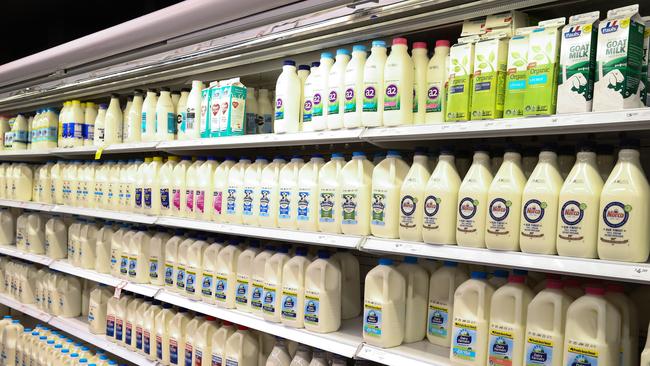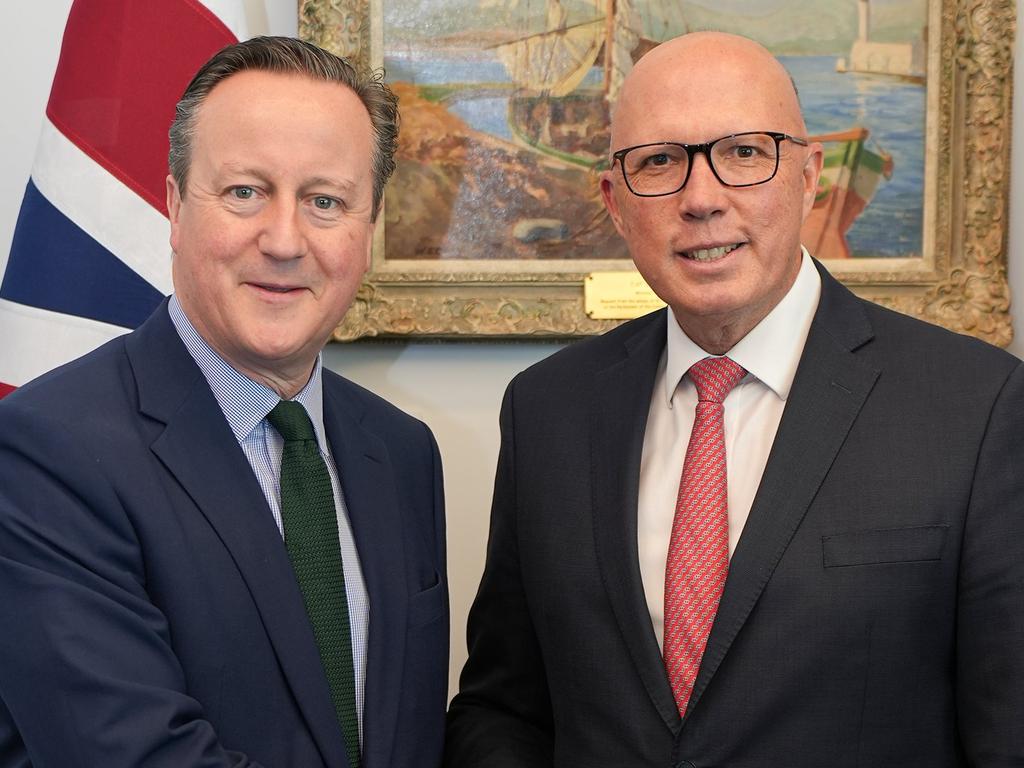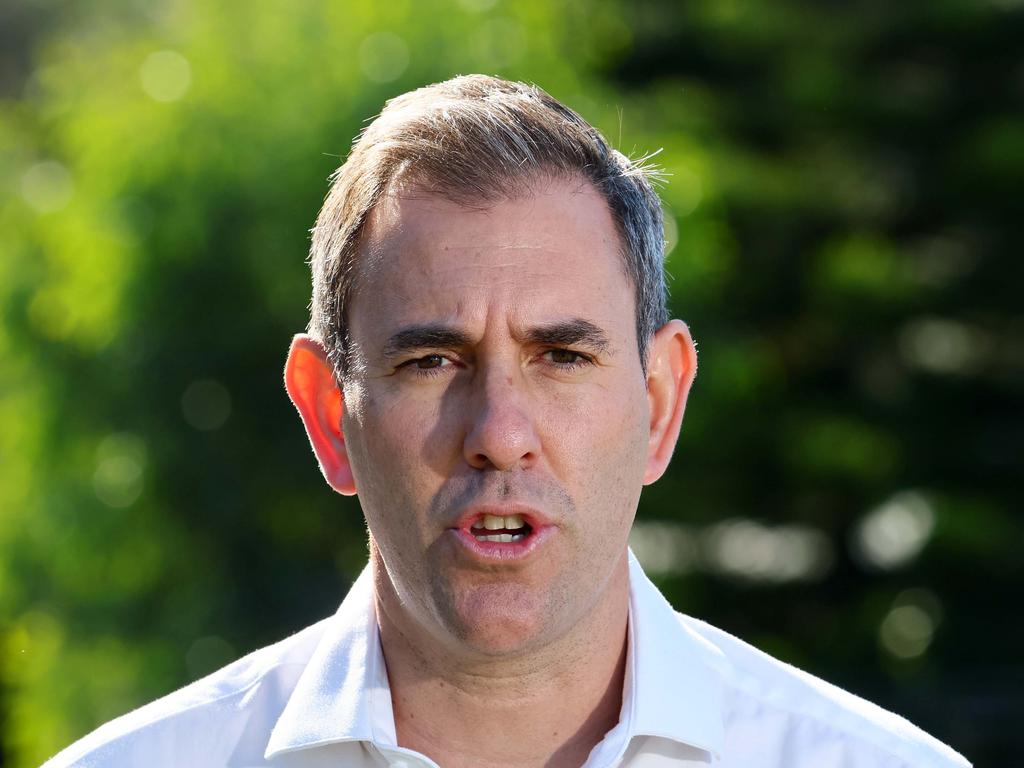High inflation hangover to last for years
The prices for essentials have soared by more than 20 per cent in just two years, meaning it will be a long time before workers’ wages catch up, economists say.

The hangover from high inflation will likely last for years, economists say, as workers’ wages only slowly catch up to the reality of the post-pandemic surge in prices.
With the Reserve Bank poised on Tuesday to hold interest rates steady for a fifth straight meeting, analysts and investors hope the central bank has done enough to steer inflation back towards 2.5 per cent by mid-2025.
AMP chief economist Shane Oliver said RBA governor Michele Bullock would flag that all options remained on the table when it came to rate moves, but at her post-meeting press conference would keep her “hawkish” tone that hikes remained possible.
ANZ last week became the first of the big four banks to push a rate cut back until early 2025, and financial markets are also betting the RBA will sit on its hands this year.
But Dr Oliver said he was hopeful that indebted homeowners would receive rates relief in November. “They (the RBA board) may take some heart that inflation in the US has restarted its downswing, including in the services part of the economy,” he said.
Even with the prospect of a drop in borrowing costs in the next six months, Dr Oliver warned Australia would remain a far more expensive country to live in than it was just two years ago.
Consumer price growth, by the more comprehensive quarterly measure, has dropped to 3.6 per cent in the year to March, or under half the 7.8 per cent peak at the end of 2022.
As Australians breathe a sigh of relief that galloping inflation has slowed to a trot, households and businesses still face substantially high costs for a range of essentials.
For example, we are paying 30 per cent more for gas and insurance than a little over two years ago, according to the Australian Bureau of Statistics.
Grocery basics such as bread, eggs, cheese, milk and breakfast cereals are 20-25 per cent more expensive than at the start of 2022.
Fruit and vegetables – always dependent on growing conditions – are 11 per cent up, while beef is only 2 per cent higher. Fixing your car is 20 per cent more expensive, while construction costs over the past two-and-a-bit years have jumped by 25 per cent and continue to climb relatively quickly – a major reason for the big boost to insurance premiums.
Keeping a pet is 24 per cent more costly than before the great inflationary outbreak, as is sending your kids to university. And those hoping a holiday will ease some of the strain face price rises of 20 per cent since December 2021, with petrol up not much less.
NSW TCorp chief economist Brian Redican said lower inflation did not mean prices were coming down, just rising less quickly, and that it would likely take years for wages to catch up with the post-Covid perfect inflationary storm.
Until then, spending will likely remain relatively subdued, he said.
“For a lot of households it’s the level of prices that’s the issue, which means that while people are getting a bit more money from tax cuts and higher real wages, they will be using it to pay down debt or to help make more wriggle room in their budgets,” Mr Redican said.
Most economists believe temporarily lowering power bills through subsidies will, at best, not help the RBA and, at worst, make its job harder by putting more money into the economy, leaving inflation higher for longer.
Mr Redican, however, said there would be some psychological benefit should consumer price growth drop below 3 per cent in the September quarter as cost-of-living relief flows through to electricity costs.
“It does look like June quarter inflation will look high. But the September quarter number, as electricity subsidies kick in, will change the conversation if it suddenly looks like inflation will get below 3 per cent,” he said.






To join the conversation, please log in. Don't have an account? Register
Join the conversation, you are commenting as Logout